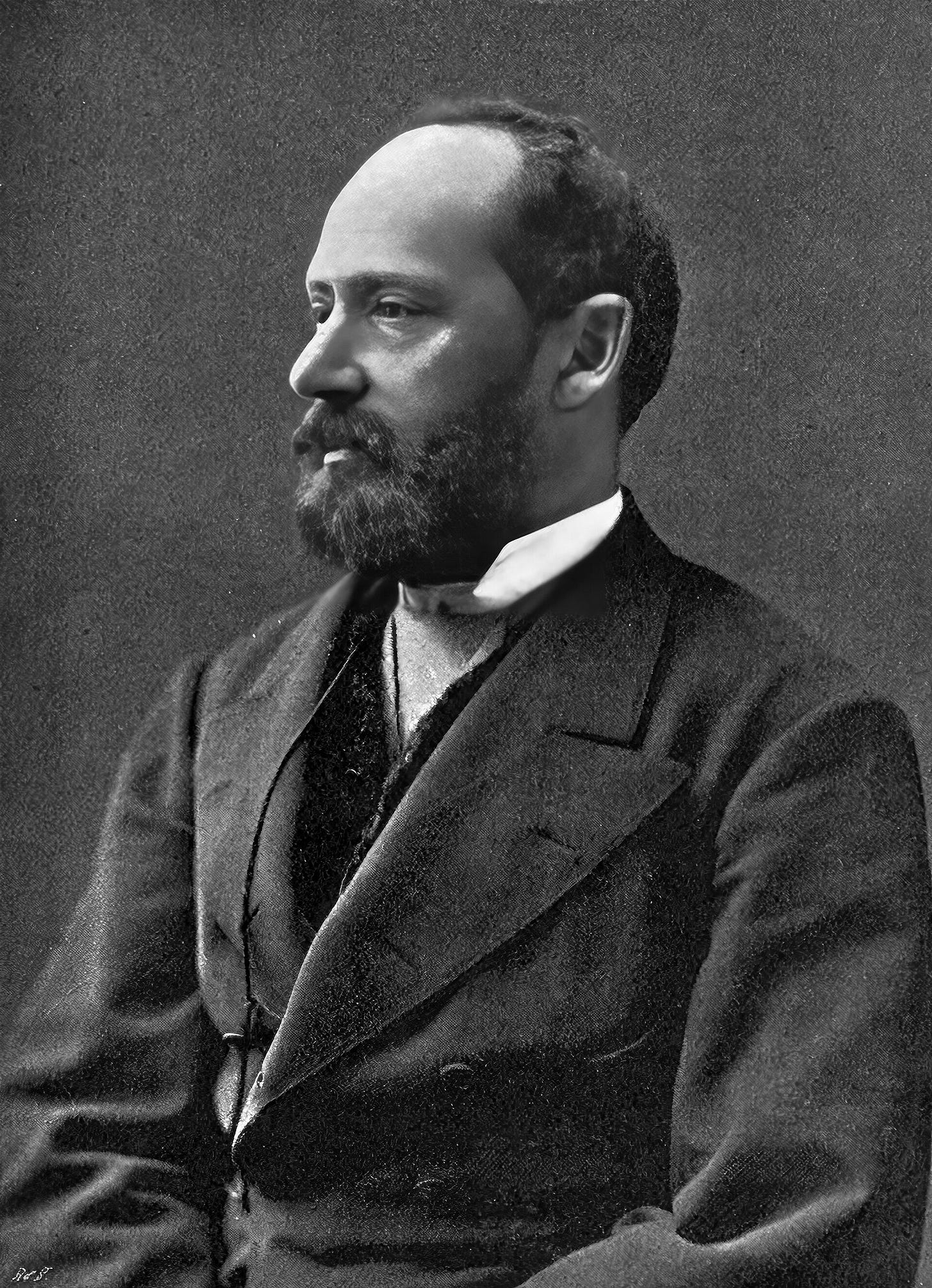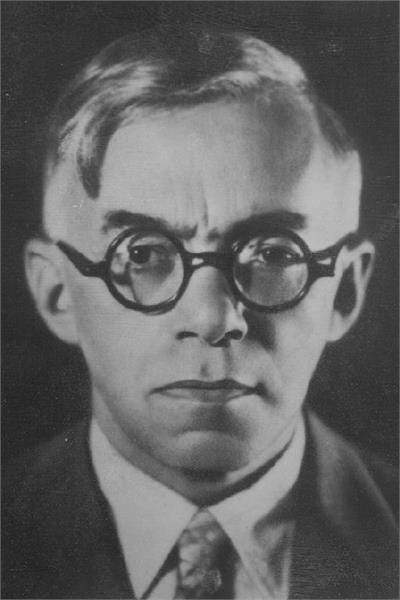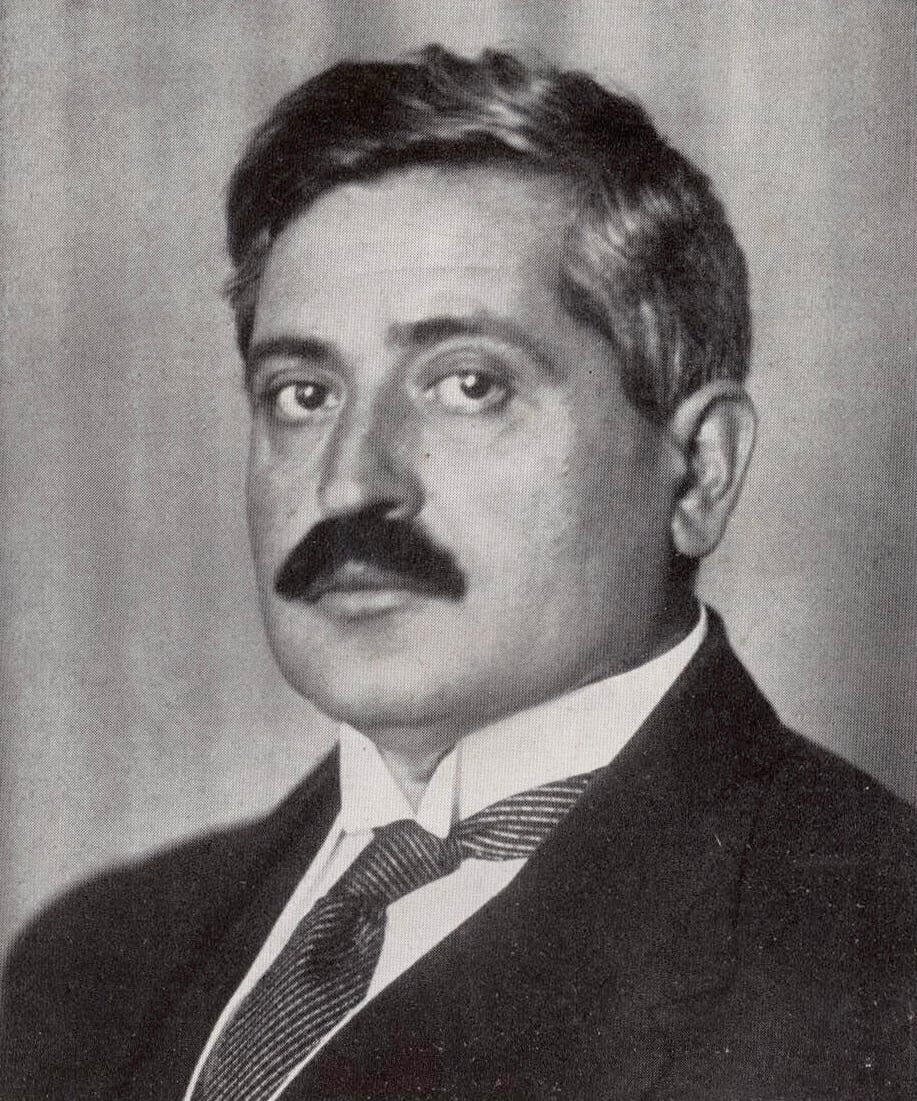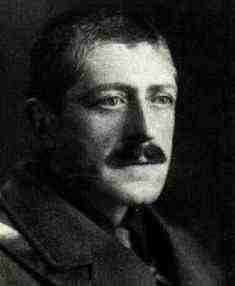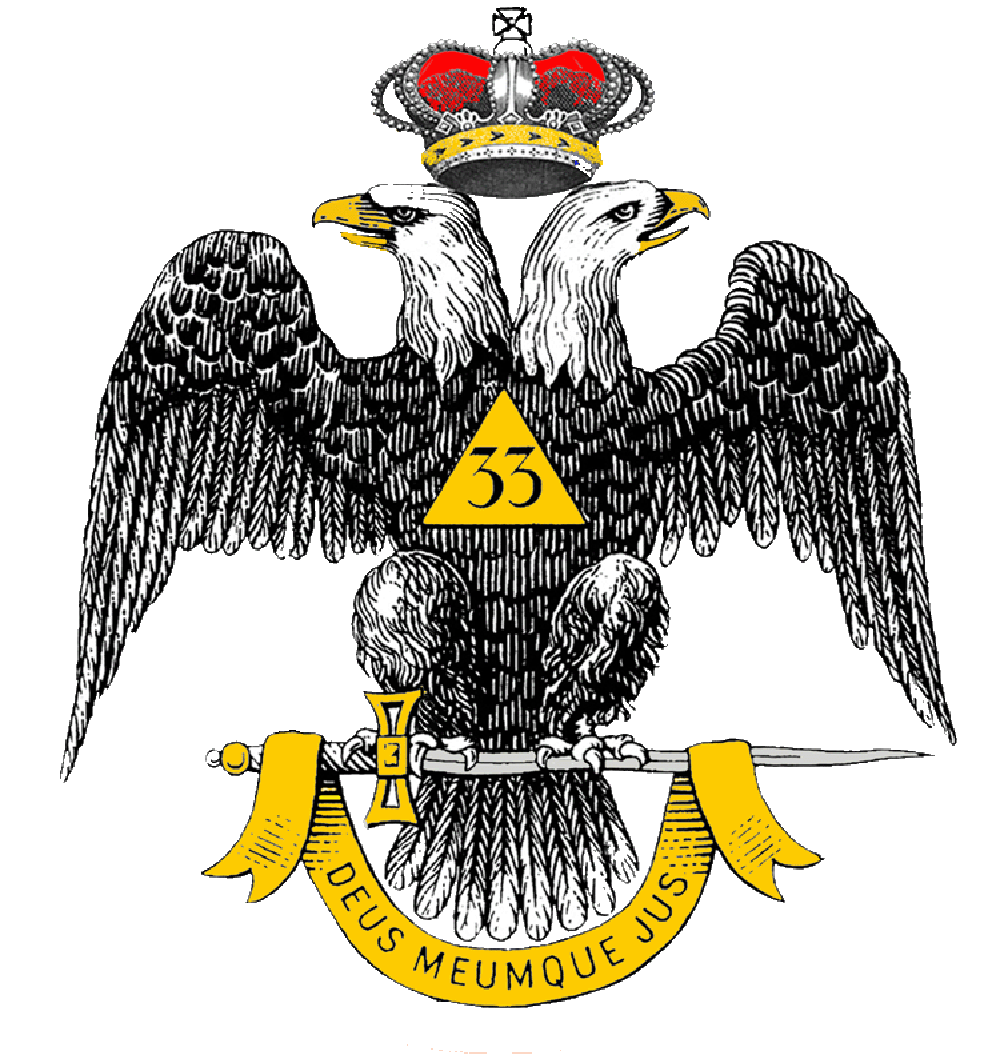The Silent Architects: How British Intelligence Engineered the Ottoman Fall
A Lecture by Joseph Brewda
Thanks to my readers' generosity, all my articles are free to access. Independent journalism, however, requires time and investment. If you found value in this article or any others, please consider sharing or even becoming a paid subscriber, who benefits by joining the conversation in the comments. I want you to know that your support is always gratefully received and will never be forgotten. Please buy me a coffee or as many as you wish.
Introduction
In this lecture, Joseph Brewda explores the critical role British intelligence played in orchestrating the rise of the Young Turks and their subsequent control over the Ottoman Empire. Titled “Palmerston launches Young Turks to permanently control Middle East,” the presentation delves into how the Young Turks, influenced by British imperial ambitions and Masonic networks, came to power in 1908. Brewda outlines how the group’s policies of Pan-Turkism and Pan-Islamism, combined with British manipulation of ethnic and nationalist movements, ultimately led to the collapse of the Ottoman Empire, the Armenian Genocide, and the redrawing of the Middle East following World War I.
Summary
🎬 The Rise of the Young Turks
In 1908, the Committee for Union and Progress, commonly referred to as the Young Turks, executed a military coup, overthrowing the Ottoman Sultan and seizing power. Upon gaining control, the Young Turks embarked on a nationalist agenda, aggressively suppressing non-Turkish minorities. Their policies intensified ethnic tensions, leading to the Balkan Wars between 1912 and 1913. These wars, involving Turkey, Greece, Bulgaria, and Serbia, were direct results of the internal turmoil sparked by the Young Turks’ racial oppression. Within just a few years, the Ottoman Empire was embroiled in World War I, allying with Germany by 1914. 00:07 | 00:29
🌍 Nationalist Ideologies: Pan-Turkism and Pan-Islamism
The Young Turks initially positioned themselves as champions of democracy, but once in power, they quickly adopted two ideologies: Pan-Turkism and Pan-Islamism. Pan-Turkism aimed to unite all Turkic peoples in Asia, with many of these populations residing under Russian control. This expansionist policy inherently led to conflicts with Russia. Similarly, Pan-Islamism called for the unification of all Muslim peoples into a singular empire, regardless of ethnicity. Like Pan-Turkism, this policy also set the Ottoman Empire on a collision course with Russia. These ideological shifts caused widespread instability, both within and outside the empire. 00:51 | 03:00
🇬🇧 British Influence and Manipulation
The influence of British intelligence in the affairs of the Ottoman Empire was extensive. Figures like Lord Palmerston directed British efforts to destabilize the Ottoman regime, using nationalist movements such as the Young Turks as tools for empire-building. Palmerston’s agent, Arminius Vambery, a Hungarian Zionist, worked covertly for the British Foreign Office in the 1860s, promoting the idea of Pan-Turkism as a strategy to weaken Russia. Furthermore, in the 1870s, Wilfred Blunt, another British intelligence figure, advocated using Islam as a weapon against Russia, aligning this with Britain’s broader geopolitical aims. 02:26 | 03:13
💥 The Armenian Genocide: A Dark Chapter
One of the most catastrophic outcomes of the Young Turks’ rule was the Armenian Genocide in 1915. During World War I, the Young Turks enlisted the Kurds — who believed they had British backing — to massacre around one million Armenians. The Armenians, too, believed they were supported by the British, highlighting the dual manipulation carried out by British intelligence. This genocide provided the British and French with justification for their plans to further reduce Turkish territory. 04:58
✂️ Partitioning the Ottoman Empire
By 1916, the British and French had laid out plans to divide the Ottoman Empire between themselves. According to their strategy, Turkey would be reduced to a small region around the Black Sea, while the remainder of the Ottoman territories would be distributed between Britain and France. The objective was clear: eliminate the Ottoman Empire as a significant power in the Middle East, with Britain and France stepping in to fill the vacuum. 05:21
🛠️ Masonic and Zionist Networks: Shaping Ottoman Politics
Emmanuel Carasso, a key leader of the Young Turks, was deeply involved in the Macedonia Resurrected Masonic Lodge. The lodge in Salonika, a city under Ottoman control at the time, was the organizational heart of the Young Turks, with all top members being part of this Masonic network. Carasso’s influence extended beyond the coup itself—he controlled the food supply for the empire during World War I and managed intelligence operations in the Balkans. His efforts were supported by the B’nai B’rith, a Jewish organization manipulated by British intelligence. 05:57 | 06:02
📰 Propaganda and Media: The Young Turk Newspaper
The Young Turks relied heavily on media to control the narrative within the empire. Vladimir Jabotinsky, a Russian Zionist leader, took over the publication of The Young Turk newspaper shortly after the 1908 coup. Funded by the Russian Zionist Federation and overseen by B’nai B’rith, the newspaper played a pivotal role in advancing both Zionist and Turkish nationalist agendas. Jabotinsky later became a significant figure in Zionist history, founding the Irgun, a paramilitary group in Israel. 07:06
💣 British Manipulation of Nationalist Movements
The British were adept at exploiting nationalist movements within the Ottoman Empire, particularly in regions like Armenia and Kurdistan. They offered support to both Armenian and Kurdish nationalist movements, despite the fact that their territorial claims overlapped and were mutually exclusive. This strategic manipulation deepened divisions within the Ottoman Empire and contributed to the ethnic violence seen during the Armenian Genocide. 04:50
🚆 The Role of Alexander Helphand (Parvus)
Alexander Helphand, also known as Parvus, played an essential role as a financier for the 1905 and 1917 Russian revolutions. In Turkey, he became a business partner of Emmanuel Carasso in the grain trade and supplied arms to the Turkish army during the Balkan Wars. Parvus also arranged for the train that took Lenin back to Russia in 1917, solidifying his role as a key revolutionary figure. 07:58
FAQ
Q: Who led the 1908 coup that overthrew the Sultan in the Ottoman Empire?
The Committee for Union and Progress, better known as the Young Turks, led the military coup that overthrew the Sultan in 1908 and took control of the Ottoman Turkish Empire. Once in power, they initiated a campaign against non-Turkish minorities, which within a few years triggered the Balkan Wars and contributed to the onset of World War I. 00:00:07
Q: What were the goals of the Young Turks after coming to power?
The Young Turks initially promoted democracy but quickly adopted the ideologies of pan-Turkism and pan-Islamism. Pan-Turkism aimed to unite all Turkic peoples in Asia, many of whom lived under Russian control, while pan-Islamism sought to unite all Muslims under one empire, whether or not they were ethnically Turkish. Both ideologies set the stage for conflict with Russia. 00:00:51
Q: How did the British influence the Young Turk movement?
British intelligence, under the guidance of Lord Palmerston, played a central role in the creation and support of the Young Turks. Arminius Vambery, a Hungarian Zionist working secretly for the British Foreign Office, called for pan-Turkism in the 1860s. The British manipulated nationalist movements within the Ottoman Empire, such as the Young Turks, to weaken and eventually dismantle the empire, securing British imperial interests. 00:02:16
Q: Who advocated using Islam to weaken Russia in the late 19th century?
Wilfred Blunt, a British intelligence official and member of a family involved in the creation of the Bank of England, advocated using Islam to weaken and destroy Russia. He supported pan-Islamism as a tool to fragment the Ottoman Empire, further advancing British control over the region. 00:03:13
Q: What role did ethnic groups play in the British strategy during World War I?
The British played a dual game with ethnic groups in the Ottoman Empire during World War I. They promised support to both Armenian and Kurdish nationalist movements, despite knowing these claims overlapped geographically and were mutually exclusive. This manipulation led to the Armenian Genocide in 1915, where Kurds, believing they had British backing, killed around one million Armenians, who also believed they had British support. 00:04:50
Q: How did the British and French plan to divide the Ottoman Empire?
After World War I, the British and French devised a plan to partition the Ottoman Empire between themselves. According to this plan, Turkey would be reduced to a small area around the Black Sea, with the rest of the empire falling under British and French control. While this plan was not fully realized, it significantly reduced Ottoman influence and reshaped the modern Middle East. 00:05:21
Q: What role did Emmanuel Carasso play in the Young Turk movement?
Emmanuel Carasso, an Italian B’nai B’rith official, founded the Young Turk secret society in the 1890s. He was the grand master of the Masonic Lodge “Macedonia Resurrected” and played a key role in the 1908 coup. During World War I, Carasso oversaw the empire’s food supplies and ran the Young Turk intelligence network in the Balkans. 00:05:53
Q: How did Vladimir Jabotinsky contribute to the Young Turk regime?
Vladimir Jabotinsky, a Russian Zionist leader, arrived in Turkey after the Young Turks seized power and became the editor of the newspaper The Young Turk. He was involved in Zionist activities, and his newspaper was funded by the Russian Zionist Federation and managed by B’nai B’rith. Jabotinsky later founded the Zionist paramilitary group Irgun, which played a significant role in shaping the future of Israel. 00:07:03
Q: What were the consequences of the Armenian Genocide during World War I?
The Young Turks used Kurdish forces to carry out the Armenian Genocide during World War I, resulting in the deaths of about one million Armenians. Both the Kurds and Armenians believed they had British support. The British then used this genocide as a pretext to further weaken Turkey and solidify plans for the empire’s partition. 00:04:58
Q: What was the legacy of the Young Turks in relation to British imperialism?
The Young Turks, backed by British intelligence, were instrumental in dismantling the Ottoman Empire, paving the way for British and French control of the Middle East after World War I. This reshaping of the region led to decades of ethnic and political conflict, the consequences of which continue to impact the Middle East today. 00:07:59
People
Arminius Vambery – A Hungarian Zionist who secretly worked for Lord Palmerston and the British Foreign Office. He played a key role in formulating the concept of pan-Turkism in the 1860s, which the Young Turks later adopted to unite Turkic peoples in Asia. This ideological strategy positioned the Ottoman Empire in conflict with Russia. 02:26
Wilfred Blunt – An English nobleman and top British intelligence official. He advocated using Islam as a tool to destabilize Russia in the 1870s, furthering British imperial interests. His family was instrumental in founding the Bank of England. Blunt’s strategies influenced the pan-Islamic policies promoted by the Young Turks. 03:13
Emmanuel Carasso – An Italian B’nai B’rith official and grand master of the Masonic lodge “Macedonia Resurrected” in Salonika. Carasso founded the Young Turk secret society in the 1890s, and played a leading role during the Young Turk regime, including managing intelligence networks and overseeing food supplies in the Ottoman Empire during World War I. 05:57
Vladimir Jabotinsky – A Russian Zionist leader who edited the newspaper The Young Turk after the Young Turks took power. Jabotinsky had connections to the Zionist movement in Russia and was funded by B’nai B’rith. He later established the Irgun, an anti-Arab paramilitary organization, and became a prominent figure in Zionist politics. 07:06
Alexander Helphand (Parvus) – A key financier of the 1905 and 1917 Russian revolutions. Helphand moved to Turkey, where he became the economics editor for The Turkish Homeland, a Young Turk newspaper. He was a business partner of Emmanuel Carasso in the grain trade and an arms supplier to the Turkish army during the Balkan Wars. 07:58
Talaat Pasha – The interior minister and dictator of the Young Turk regime during World War I. Talaat was a member of Carasso’s Masonic lodge in Salonika and later became the grand master of the Scottish Rite Masons in the Ottoman Empire. He played a central role in the Young Turks’ administration and the Armenian Genocide. 08:39
Aubrey Herbert – A British intelligence official and spymaster in the Middle East during World War I. Herbert’s family held numerous earldoms, and his connections with the Young Turks are well-documented. Lawrence of Arabia identified Herbert as having been the head of the Young Turks at one point. Herbert’s grandfather had been a patron of Italian revolutionary Giuseppe Mazzini. 10:23
Oscar Straus, Abraham Elkin, Henry Morgenthau – U.S. ambassadors to Turkey during the late 19th and early 20th centuries. All three were friends of Simon Wolf and officials of B’nai B’rith. They maintained close connections with the Young Turks and contributed to the diplomatic strategies surrounding the Ottoman Empire’s collapse. 11:09
Organizations
Committee for Union and Progress (Young Turks) – This organization led the 1908 coup that overthrew the Sultan and took control of the Ottoman Turkish Empire. Once in power, the Young Turks carried out a campaign of suppressing non-Turkish minorities, sparking the Balkan Wars and contributing to World War I. Their policies were central to the eventual destruction of the Ottoman Empire. 00:07
B’nai B’rith – An international Jewish organization that played a significant role in the operations of the Young Turks. B’nai B’rith was used by British intelligence as part of its broader strategy to manipulate nationalist movements and dismantle the Ottoman Empire. Members of B’nai B’rith, such as Emmanuel Carasso, were key figures in the leadership of the Young Turks. 05:57
Macedonia Resurrected Masonic Lodge – A Masonic lodge in Salonika, headed by Emmanuel Carasso. It served as the headquarters for the Young Turk leadership, and all top leaders were members. This lodge was instrumental in organizing the Young Turk movement and facilitating their rise to power. 06:10
Scottish Rite Masons – This Masonic organization had significant influence within the Young Turk movement. Talaat Pasha, a key Young Turk leader, became the grand master of the Scottish Rite Masons in the Ottoman Empire one year before the 1908 coup. Many leaders of the Young Turks held official positions within the Scottish Rite. 08:39
British Foreign Office – The British Foreign Office, under Lord Palmerston, orchestrated and manipulated various nationalist movements, including the Young Turks, to weaken and dismantle the Ottoman Empire. Through operatives like Arminius Vambery and Wilfred Blunt, the Foreign Office promoted ideologies such as pan-Turkism and pan-Islamism to further British control in the region. 02:26
Russian Zionist Federation – The Russian Zionist Federation funded The Young Turk newspaper after the Young Turks took power. This organization, linked to B’nai B’rith, supported the Zionist movement within the Ottoman Empire and was closely associated with figures like Vladimir Jabotinsky. 07:06
Irgun – A Zionist paramilitary organization founded by Vladimir Jabotinsky, who had previously worked with the Young Turks. Irgun became known for its anti-Arab stance and played a significant role in the Zionist struggle for control of Palestine. Jabotinsky’s involvement with the Young Turks influenced his later leadership of Irgun. 07:18
The Turkish Homeland – A newspaper operated by the Young Turks, where Alexander Helphand (Parvus) worked as the economics editor. This publication supported the Young Turk regime and played a role in promoting their policies. 07:58
Universal Israelite Alliance – This European affiliate of B’nai B’rith, led by figures such as Emmanuel Veneziano, was involved in supporting the Young Turk movement. The organization was part of the broader Masonic network that facilitated the rise of the Young Turks. 06:33
Ottoman Empire – The multi-ethnic empire ruled by the Sultan until the 1908 coup. The Young Turks’ rise to power initiated the disintegration of the empire, with their policies leading to the Balkan Wars, World War I, and the eventual collapse of Ottoman control over territories such as Syria, Iraq, and Palestine. 00:15
Locations
Ottoman Empire
The Ottoman Empire was a multi-ethnic empire that included present-day Turkey, Syria, Iraq, Jordan, Palestine, and the Arabian Peninsula, as well as much of the Balkans. The Young Turks’ rise to power and their oppressive policies toward non-Turkish minorities led to the Balkan Wars and ultimately the empire’s collapse. 00:01:04
Salonika (Now Thessaloniki, Greece)
Salonika, a key location within the Ottoman Empire at the time, was where Emmanuel Carasso founded the Young Turk secret society. This city was also home to the Masonic lodge “Macedonia Resurrected,” which became the operational hub for the Young Turk leadership. 06:02
Russia
The policies of pan-Turkism and pan-Islamism, promoted by the Young Turks, inevitably brought them into conflict with Russia. Half of the Turkic people the Young Turks sought to unite lived under Russian rule, making Russia a central antagonist in their nationalist ideology. 00:02:06
Greater Armenia
During World War I, the British encouraged Armenian nationalists to pursue the creation of “Greater Armenia,” a proposed territory that would have been carved out of Turkey, Iran, and Russia. This plan was unrealistic and mutually exclusive with the British’s simultaneous support for a “Greater Kurdistan” in the same region. 04:50

Greater Kurdistan
Greater Kurdistan was another nationalist concept supported by the British during World War I, which proposed the creation of a Kurdish state. The territorial claims of “Greater Kurdistan” largely overlapped with those of “Greater Armenia,” contributing to the tensions between Armenians and Kurds during the Armenian Genocide. 04:50
Turkey
Following World War I, Turkey was the heartland of the Ottoman Empire and the focus of British and French plans for partition. According to these plans, Turkey was to be reduced to a small area around the Black Sea, while the rest of the empire was to be divided between Britain and France. 05:21
Palestine
Palestine remained part of the Ottoman Empire until its collapse. It became a region of strategic importance during World War I, as the British supported Zionist movements and sought control of this territory following the defeat of the Ottoman Turks. 00:01:07
Arabian Peninsula
The Arabian Peninsula was another vital region under Ottoman control until the Young Turks’ policies weakened the empire. British involvement, including the support of Arab nationalism led by figures like Lawrence of Arabia, contributed to the fragmentation of Ottoman control over this area. 00:01:07
Balkans
The Balkans were a significant part of the Ottoman Empire, including territories like Greece, Bulgaria, Serbia, and Albania. The Young Turks’ anti-minority campaigns led to the Balkan Wars of 1912-1913, which further weakened Ottoman control in this region.
00:01:16
Black Sea
After World War I, British and French plans to partition the Ottoman Empire included reducing Turkey to a small territory near the Black Sea, significantly limiting its geographical and political power. 05:34
Timeline
1860s – Arminius Vambery, a Hungarian Zionist working secretly for Lord Palmerston and the British Foreign Office, first called for the creation of a pan-Turkic state. This ideological framework, promoted by the British, would later be adopted by the Young Turks. 02:26
1870s – Wilfred Blunt, an English nobleman and British intelligence officer, advocated using Islam to weaken Russia. This strategy aligned with the broader British imperial goal of destabilizing the Ottoman Empire.
03:13
1905 – Vladimir Jabotinsky, a Russian Zionist leader, arrived in Turkey shortly after the Young Turks seized power and became the editor of The Young Turk newspaper. 07:06
1908 – The Committee for Union and Progress, better known as the Young Turks, carried out a military coup that overthrew the Ottoman Sultan and seized power in the Ottoman Turkish Empire. 00:07
1912-1913 – The Young Turks’ nationalist and anti-minority policies provoked the Balkan Wars, which pitted Turkey against Greece, Bulgaria, and Serbia. These wars significantly weakened the Ottoman Empire and set the stage for World War I.
00:29
1914 – The Balkan Wars and internal divisions created by the Young Turks contributed to the outbreak of World War I, during which Turkey allied with Germany. 00:37
1915 – During World War I, the Young Turks used Kurdish forces to carry out the Armenian Genocide, which resulted in the deaths of approximately one million Armenians. Both the Armenians and the Kurds believed they had British backing, further complicating the conflict. 04:58
1916 – The British and French began planning the partition of the Ottoman Empire. Under their plan, Turkey would be reduced to a small territory near the Black Sea, while the remaining Ottoman lands would be divided between Britain and France. 05:21
1917 – Alexander Helphand (Parvus), a key financier of the Russian revolutions, arranged the secret train that transported Lenin back to Russia. Earlier, Helphand had been an arms supplier to the Turkish army and a business partner of Emmanuel Carasso. 07:58
Glossary
Young Turks – A political reform movement and the ruling group in the Ottoman Empire after their 1908 coup. They carried out policies of pan-Turkism and pan-Islamism, which led to the destruction of the Ottoman Empire and contributed to World War I. 00:07
Pan-Turkism – An ideology promoted by the Young Turks that aimed to unite all Turkic peoples in Asia, many of whom were under Russian control. This nationalist policy brought the Ottoman Empire into conflict with Russia. 00:51
Pan-Islamism – Another ideology advanced by the Young Turks that sought to unite all Muslim peoples under one empire, regardless of ethnicity. This policy also led to conflicts, especially with Russia. 03:00
B’nai B’rith – An international Jewish organization that played a significant role in the operations of the Young Turks. It was used by British intelligence to influence the nationalist movements in the Ottoman Empire. 05:57
Macedonia Resurrected Masonic Lodge – A Masonic lodge in Salonika where the Young Turk leadership operated. The lodge was central to the planning and execution of the Young Turk movement’s strategies. 06:02
Scottish Rite Masons – A Masonic organization closely associated with the leadership of the Young Turks. Talaat Pasha, a key figure in the Young Turk regime, became the grand master of this Masonic branch in the Ottoman Empire. 08:39
Armenian Genocide – A mass killing of approximately one million Armenians carried out by Kurdish forces during World War I. The Young Turks orchestrated this genocide, believing it to be a means of solidifying control. 04:58
Greater Armenia – A nationalist idea supported by the British, involving the creation of an Armenian state by carving territory from Turkey, Iran, and Russia. This plan clashed with the British-supported idea of a Greater Kurdistan. 04:50
Greater Kurdistan – A proposed Kurdish state, also supported by the British, with territorial claims that overlapped with Greater Armenia. The conflicting British support for both movements exacerbated tensions in the region. 04:50
Ottoman Empire – A vast multi-ethnic empire that ruled much of the Middle East and the Balkans. The empire’s collapse was accelerated by the actions of the Young Turks and the involvement of British intelligence in manipulating nationalist movements. 00:15






